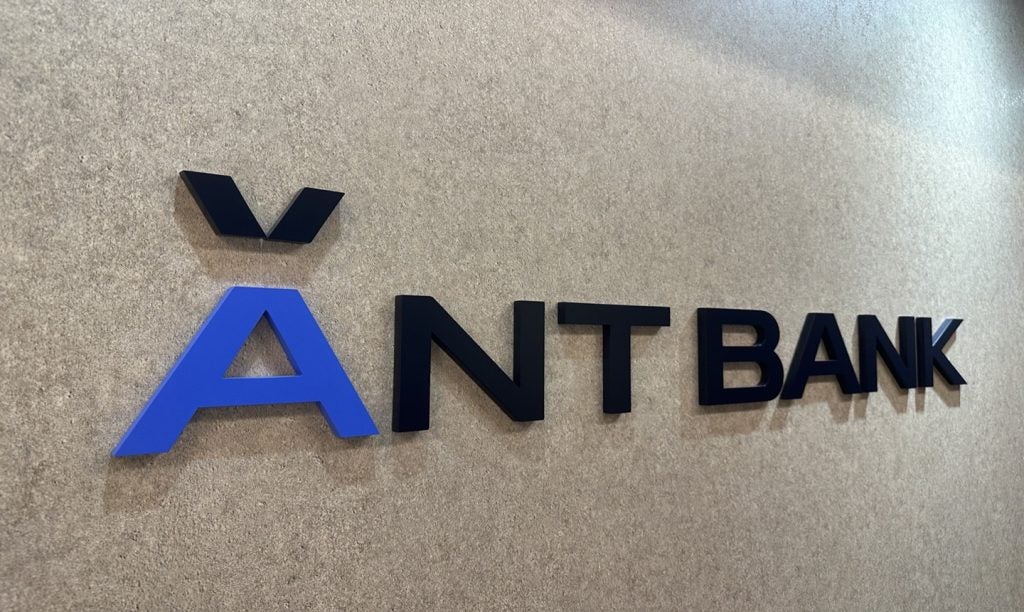China’s central bank is set to reduce the amount of cash reserves held by banks in a bid to tackle the sluggish economy.
According to media reports, the People’s Bank of China (PBOC) has decided to reduce the reserve requirement ratio (RRR) for all banks in the country by 25 basis points (bps).
The move, which will be effective from 25 April, is expected to release around $83.25bn (CNY530bn) in long-term liquidity.
Russia’s invasion of Ukraine, the Covid-19 pandemic, and embattled property markets are among the factors impacting China’s economy.
According to the PBOC, the reduction in reserve requirement would boost lenders’ long-term funds, thereby allowing them to support businesses hit by the pandemic.
Additionally, the RRR cut is expected to cut financial institutions’ annual funding costs by nearly CNY6.5bn.

US Tariffs are shifting - will you react or anticipate?
Don’t let policy changes catch you off guard. Stay proactive with real-time data and expert analysis.
By GlobalDataIndustry experts feel that the steps taken by PBOC will not be enough to reverse the economic growth.
“If demand is strong, easing will allow companies to borrow and expand productively, but that’s not the problem in China. There is very little evidence of strong demand. Even before the latest Covid outbreak, consumption was way down,” Peking University finance professor Michael Pettis was quoted by Financial Times as saying.
Nomura chief China economist Ting Lu said that the PBOC could cut the RRR again by 25bps most likely by mid-2022, stated Reuters.
“We expect the PBOC to focus on increasing its direct credit support to small- and medium-sized enterprises, the agricultural sector, green investment, tech and elderly care via the MLF (medium-term lending facility), relending and rediscounting channels,” Lu was quoted by the news agency as saying.







